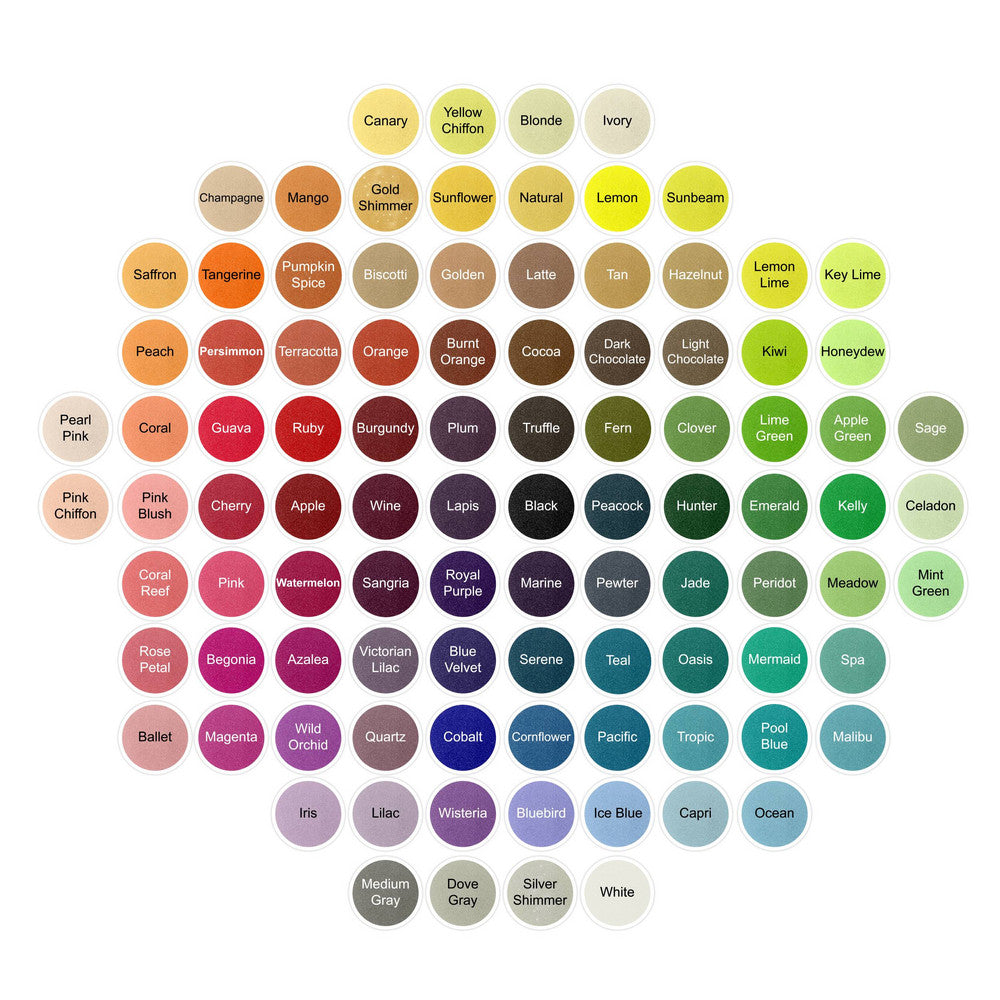You have no items in your shopping cart.
For most brides in the United States, options for wedding dresses are endless. But, the common factor in a large majority of the dresses is their color. Wedding dresses in the US and many European countries are almost exclusively some shade of “wedding white”. You have to go out of your way to find a wedding dress in a different color! Why do women wear white dresses for weddings, and is it a common practice around the rest of the world too?
When Did Brides Start Wearing White?
It wasn’t until the 1800’s that white wedding dresses started. Some white wedding dresses were recorded earlier than that, but the trend didn’t really pick up until Queen Victoria wore a white dress in 1840 when she married Albert of Saxe-Coburg. When their wedding portrait was published, many women chose to wear white to match the decision made by the queen.
A common misconception around white dresses is that they are meant to symbolize the purity of the bride. In reality, the color blue represented purity in many other contexts, and the most common white gowns were white baptismal gowns in the Catholic church. Wedding dress colors don’t have any traditional links to purity in Western culture, yet it’s still a fairly common belief today.
White Dresses Are Not Traditional Everywhere
Because white wedding dresses have their roots in fashion and personal choice rather than culture, they are not a common tradition for brides everywhere. Many brides do adopt the trend to have the beautiful wedding of their dreams, but others choose a more traditional route and follow the cultural practices of their heritage. For some brides, this can mean bright and colorful wedding dresses instead!
Examples of Traditionally Non-White Weddings Dresses
The easiest examples of non-white wedding dresses are Indian wedding saris and Japanese kimonos. Both are usually red in color, which symbolized good luck for the wedding couple. Indian wedding saris can be made from a variety of fabrics, and are usually very elaborate in their designs. Japanese kimonos are traditionally made from fine silk. During the ceremony, the bride may wear a white kimono, but they in a traditional wedding she may change into a red kimono afterward to symbolize luck.
Eastern cultures aren’t the only ones with unique wedding dress traditions. In Africa, many different tribal wedding dresses can be found in different countries. In Ghana, the traditional wedding dress is made from Kente fabrics. These are brightly colored, hand-woven fabrics made usually of a mixture of fabrics, including silk and cotton. Many West Africans, especially Nigerians, wear shimmering Gele head wraps along with a matching colored dress or cultural patterned print dress.
These are only a small portion of the bright, colorful wedding dresses that are traditionally worn in different parts of the world. Many European and Latin American countries also have their own traditional garb for non-white weddings.
Wedding ceremonies go back to ancient times in the history of humanity, so it’s no surprise that each culture has their own way of celebrating the union of two people! Many of these colorful traditions still exist today, despite the enormous ongoing trend of white wedding dresses around the world.





← Older Post Newer Post →